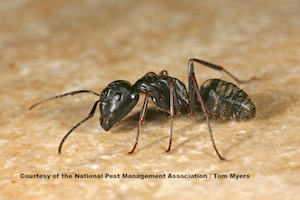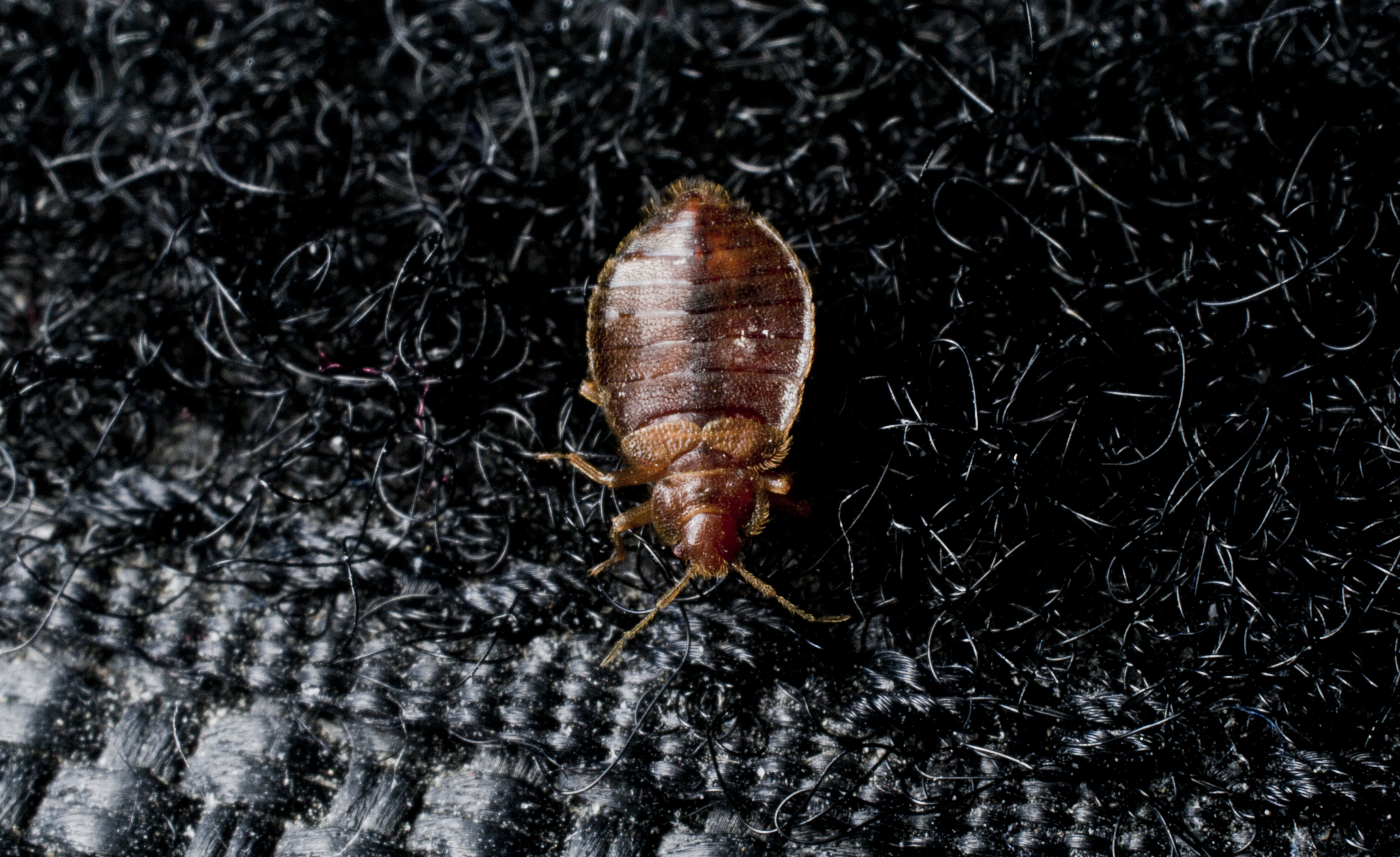Nuisance Wildlife 101
A guide to identifying common wild animal invaders
While they might seem cute and cuddly scampering about in the great outdoors, wildlife presents a unique set of dangers if they try to make their homes inside ours. It can be very unnerving to discover wildlife in your home because one raccoon is a lot bigger than one ant, and animals can be more aggressive if they are frightened or feel threatened while trapped in an unfamiliar environment.
While many common pest-proofing techniques will keep out wildlife pests as well as insect pests, you should take several additional precautions to be sure your home is not attractive to wildlife. Opossums and raccoons can be attracted to garbage, so keeping trash in sealed bags and disposing of it regularly will reduce the chance that pests raid your garage or garbage cans. And cutting back tree limbs from the roofline is a good step to discourage squirrels from getting access to the attic.
Even when following steps to prevent wildlife, it is important to look for signs of a possible intrusion. These pests tend to be more of an issue in fall and winter as the animals search for a place to stay warm over the winter. Gnaw marks on wires, insulation, or walls, feces in the attic or garage and scurrying sounds in the walls can all be indicators of a wildlife pest infestation. Here is a guide to some of the most common critters that bother homeowners:
Bats

- Appearance: Bats have hairy bodies and can vary in color from tan to black. They have four appendages. The front two are used as wings and all four are used for crawling. Different species are different sizes but the average adult bat is 2 3/16” to 7 ½” (5.5cm - 18.8 cm) in length with a wingspan anywhere from 6-15” (15.2cm - 38 cm).
- Region: Bats occur throughout the U.S. except in colder regions where tree growth is limited.
- Habitat: Where bats prefer to roost depends on the species, but all enjoy dark, secluded and protected areas that can include attics, churches, tree cavities or caves.
- Threats: Having bats in a structure can pose several serious health threats to humans. Bats are known carriers of rabies in the U.S. and can infect other animals and humans. It is important to seek medical attention if you’ve had any unprotected contact with a bat. Bat droppings can also cause disease such as histoplasmosis, and bat mites and bat bugs may become common in a home with an infestation.
- Unique fact: In many states, bats are protected mammals. Check with animal control or your local wildlife service for any regulations before bat-proofing your home.
Opossums

- Appearance: Opossums are white or grey with a pointed face, hairless ears, and a rat-like tail. They can grow up to 40 inches in length, about the size of a house cat.
- Region: They are commonly found in the eastern, central and west coast regions of the U.S.
- Habitat: Opossums prefer to make their homes near streams or swamps, but they can live in many areas including arid climates, woods and open fields. They are known to take shelter in the burrows of other animals and are commonly found in tree cavities and brush piles.
- Threats: If an opossum makes its nest in your in attic or garage, it can get very messy. They can also destroy poultry, game birds and their nests. In rare cases they may bite if threatened.
- Unique fact: When startled, opossums will bare their teeth and hiss.
Raccoons

- Appearance: Raccoons are black and gray and known for the black “mask” over their eyes. They are very furry and have a ringed pattern on their tail. Fully grown, a raccoon can be about 2-3 feet in length.
- Region: They are found in all regions of the U.S.
- Habitat: Raccoons are common in forested areas with access to a water source, but they can also be found in fields near livestock watering areas. They build dens in a variety of places including hollow trees, ground burrows, brush piles, barns, haystacks or rock crevices
- Threats: Raccoons are one of the major hosts of rabies in the U.S. They are especially a threat in areas where their populations are growing like the eastern part of the country. They are also known to raid garages and garbage cans left by the street in search of food. Damage to roofs and chimneys can be caused by raccoons searching for a place to build their den.
- Unique fact: Raccoons are very intelligent and have a very highly developed sense of touch.
Tree Squirrels

- Appearance: Squirrel populations in different regions vary in their coloring and can be whitish, gray, yellow, red, brown, or even black. They have a long furry body with a bushy tail and can be 6-15” tall. A squirrel’s tail can be just as long as its body.
- Region: Squirrels are found in all regions of the Unites States.
- Habitat: In the summer, squirrels will likely nest in tree cavities or build nests in branches. They may overwinter in tree holes but are also known for invading homes and structures looking for a place to keep warm.
- Threats: All tree squirrels are considered pests because they frequently enter attics in the winter, but they rarely pose a health threat to homeowners. Outdoors, these squirrels can damage electrical wires and telephone lines.
- Unique fact: Some squirrel populations have adapted to living in urban environments and are often the only wild animals, besides birds, that some people ever see.
Wondering how to properly handle a nuisance wildlife problem? These animals can carry disease and may cause physical harm, so removal should be handled only by a pest professional with the proper protective gear and training.

Learn About Ants
Ants are a common pest homeowners struggle to eradicate. Learn more about them!

Bed Bug Pest Guide
Traveling for the holidays this year? Be sure to keep an eye out for bed bugs! Use our Pest Guide to help identify this pest.

NPMA's What Grows There? Project
Check out NPMA's What Grows There? project to learn how pests, such as flies, cockroaches and rodents, can spread germs throughout a home.
Find a PEST PRO in your area

Learn About Ants
Ants are a common pest homeowners struggle to eradicate. Learn more about them!

Bed Bug Pest Guide
Traveling for the holidays this year? Be sure to keep an eye out for bed bugs! Use our Pest Guide to help identify this pest.

NPMA's What Grows There? Project
Check out NPMA's What Grows There? project to learn how pests, such as flies, cockroaches and rodents, can spread germs throughout a home.
